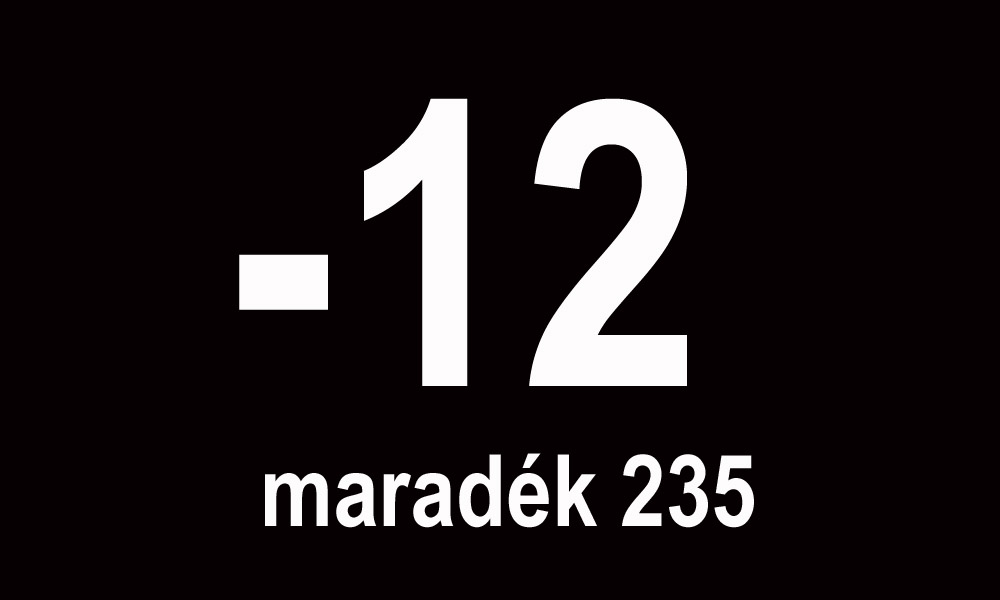Szabolcs KissPál: After 1989, in most of the post-state socialist countries of the region—Romania, Slovakia, and Poland—a considerable amount of artistic practice reflected on the past and the period of transition both from social and historical points of view. What is the reason that in Hungary a rather apolitical approach dominated the cultural discourse?
Edit András: I think the reason is twofold. In Hungary the state socialist regime was more permissive and the unofficial art movements were stronger than in the neighboring countries. The opposition shared the ideas of the modernist paradigm and its key tenets. Also, it repeated the methods and habits of official culture; its militancy, binary thinking, and its exclusiveness. The “sub-voices” had to be subordinated to the fight against the common enemy, the regime. After 1989, the politics of art were understood differently than during the Cold War; however, this heritage was persistent in art and art criticism, and worked against new forms of political art which gave place to different “others” as well.

Living Memorial, ongoing project from March 23, 2014. Photo: Gabriella Csoszó / FreeDoc.
KissPál: Why do you think that in spite of the threatening, authoritarian processes which endanger free culture in Hungary, only a few artists join the protest or take the responsibility to stand up and act against them?
András: A lot of artists are simply afraid of being involved in the protest movement, and there are many who wish to benefit from the possibilities abundant for “court artists,” mostly those run-of-the-mill artists who felt excluded from the progressive, internationally oriented art scene of the last two decades. Furthermore, due to the conservative education of artists—and art critics—a lot of them still believe in the romantic idea of the artist’s role having nothing to do with politics, as though art is beyond and above it. They do not perceive themselves as artist-citizens but rather artists with capital “A.”
more: BrooklynRail

 MMA countdown – Free Artists welcomes the resigned MMA-members!
MMA countdown – Free Artists welcomes the resigned MMA-members! TRANSZPARENCIÁT!
TRANSZPARENCIÁT!